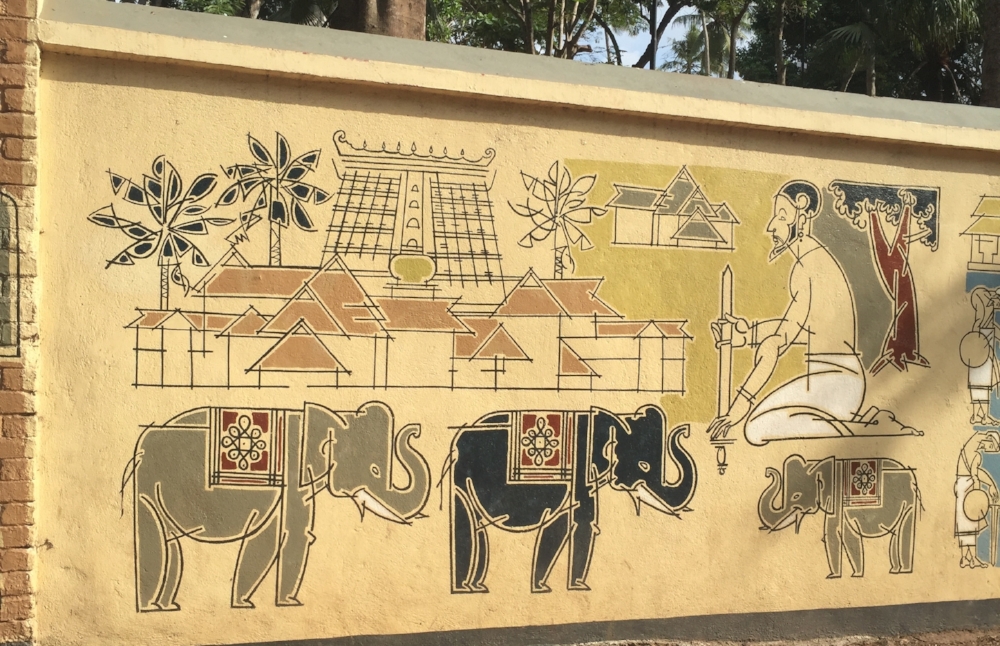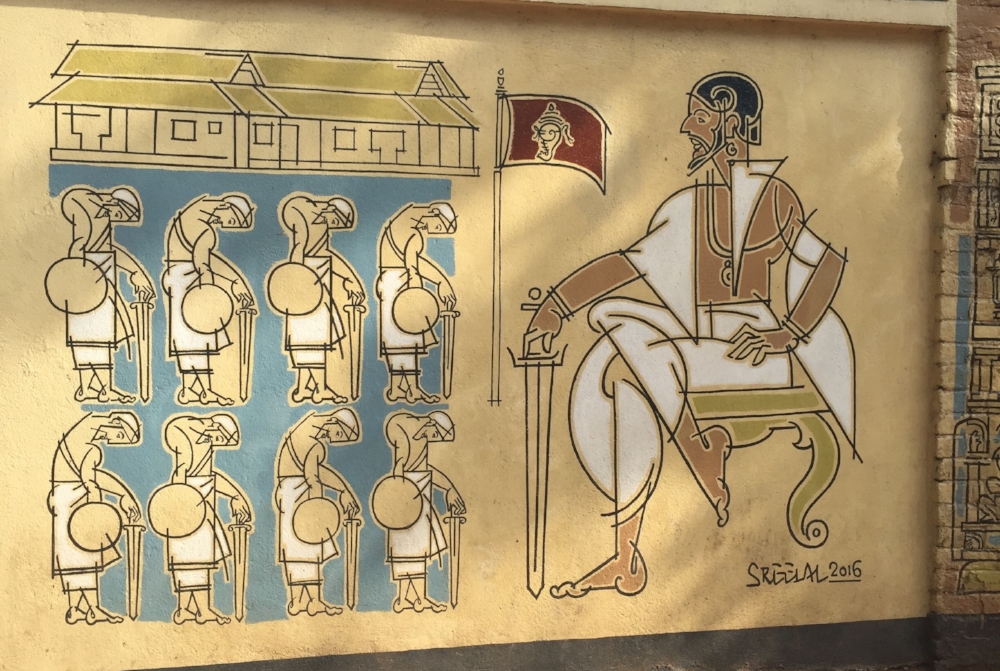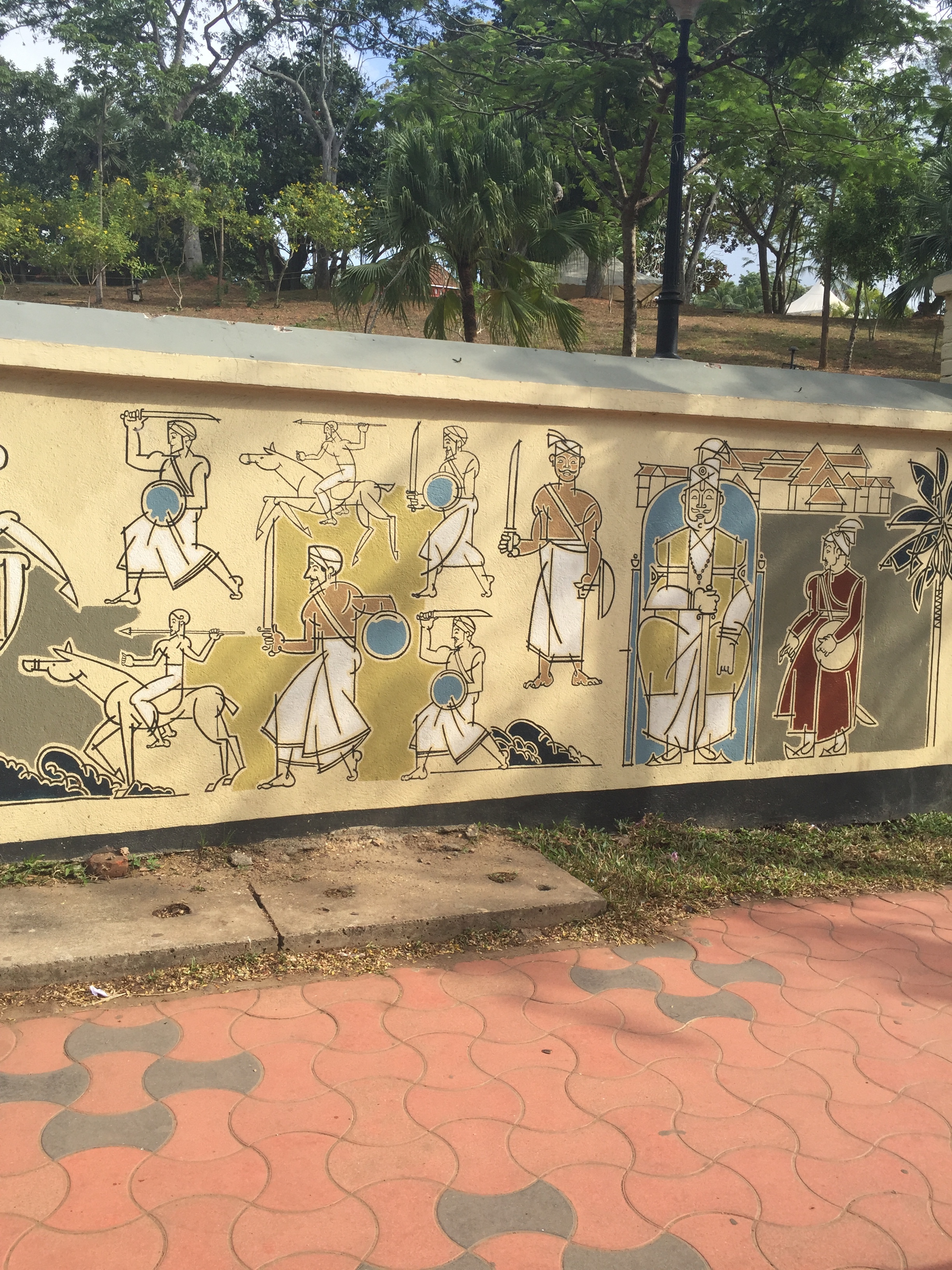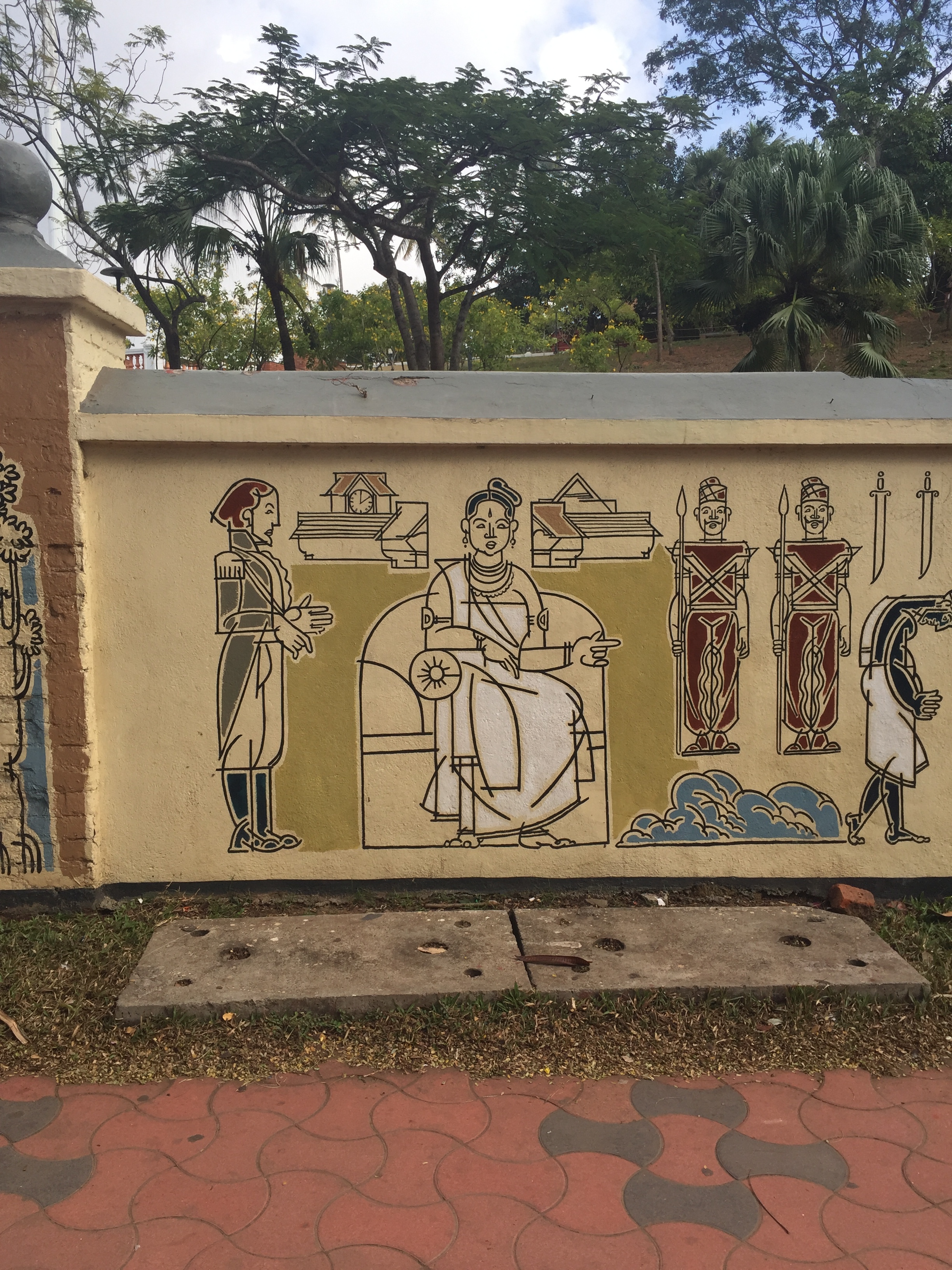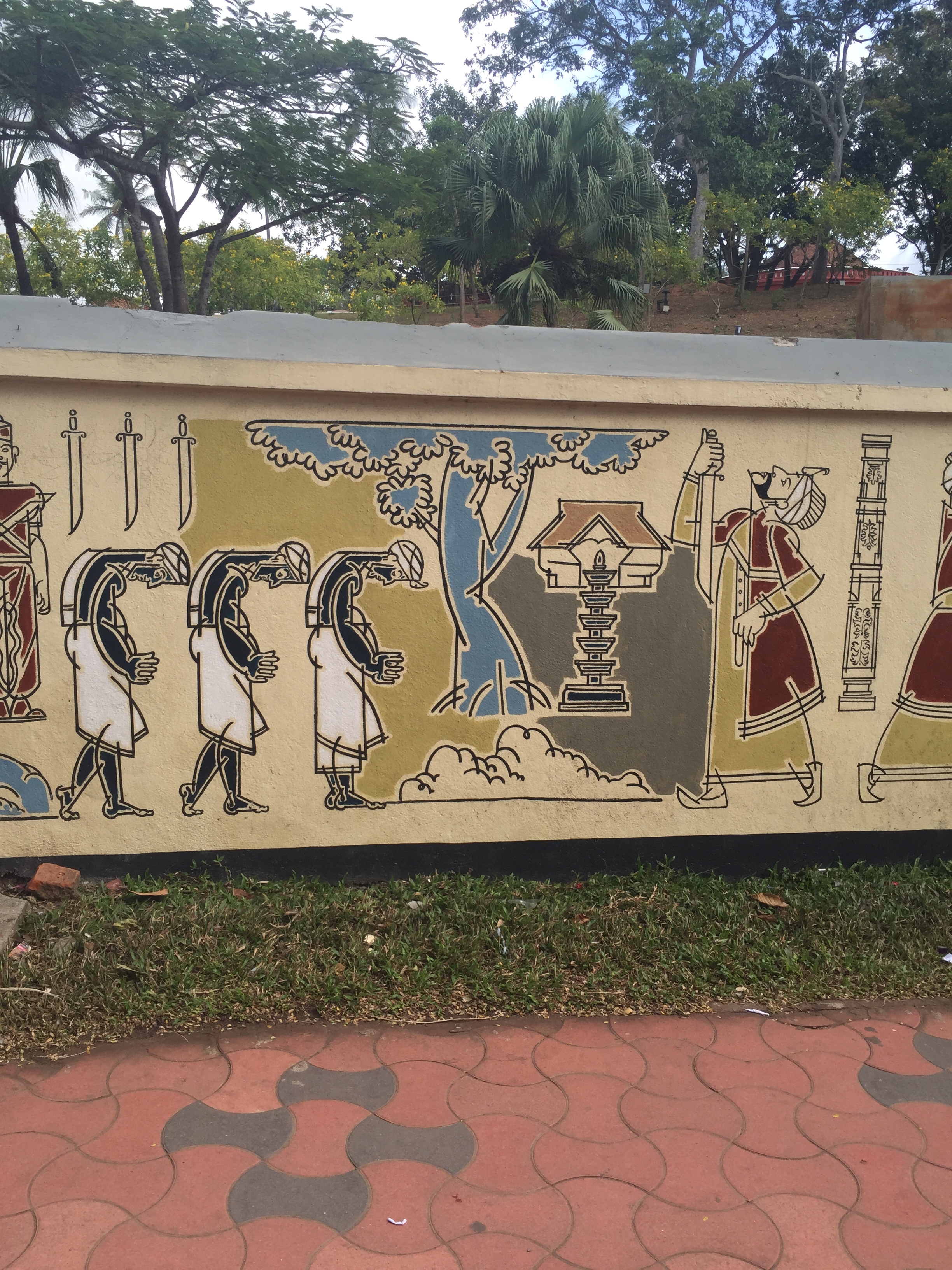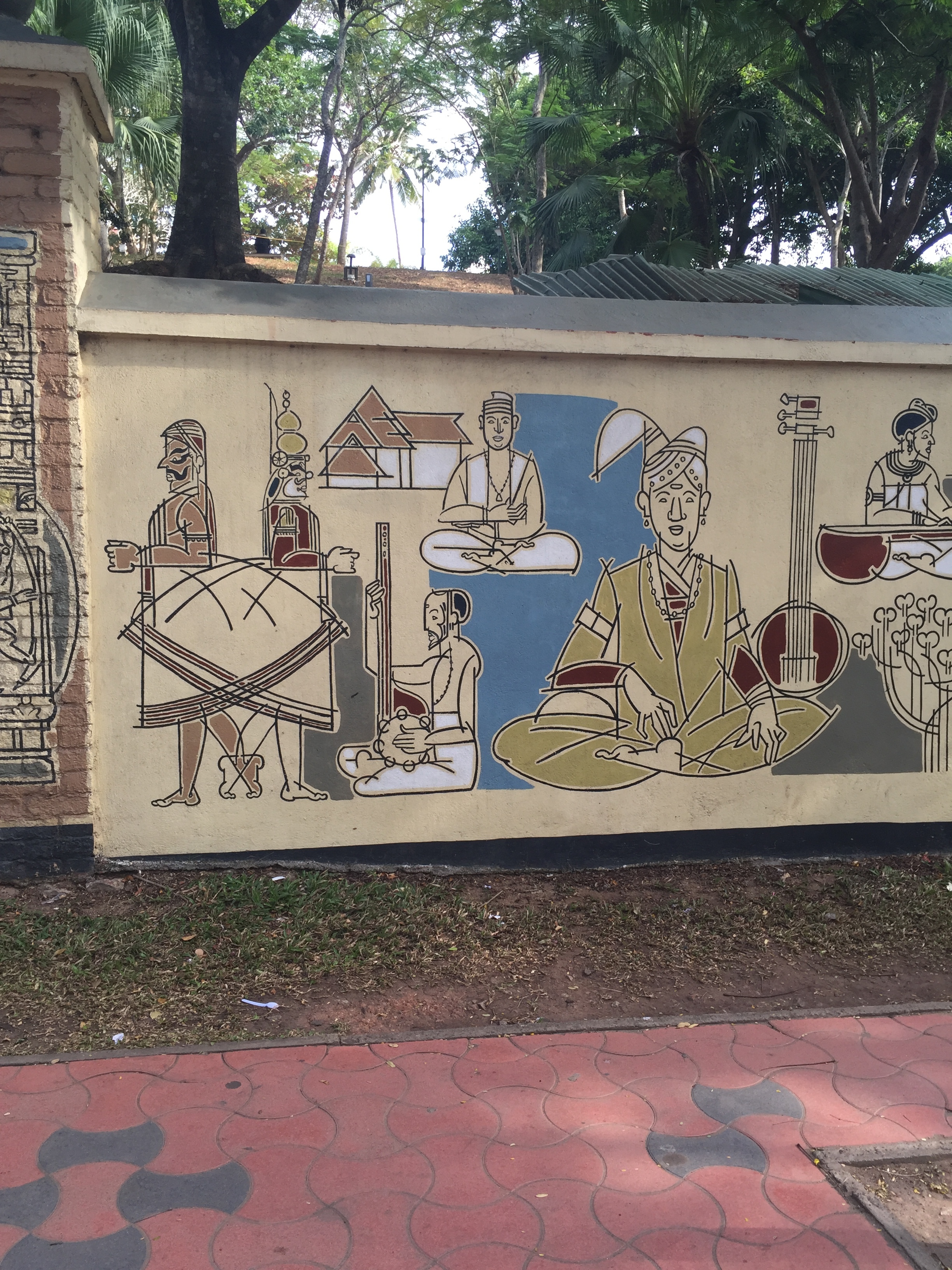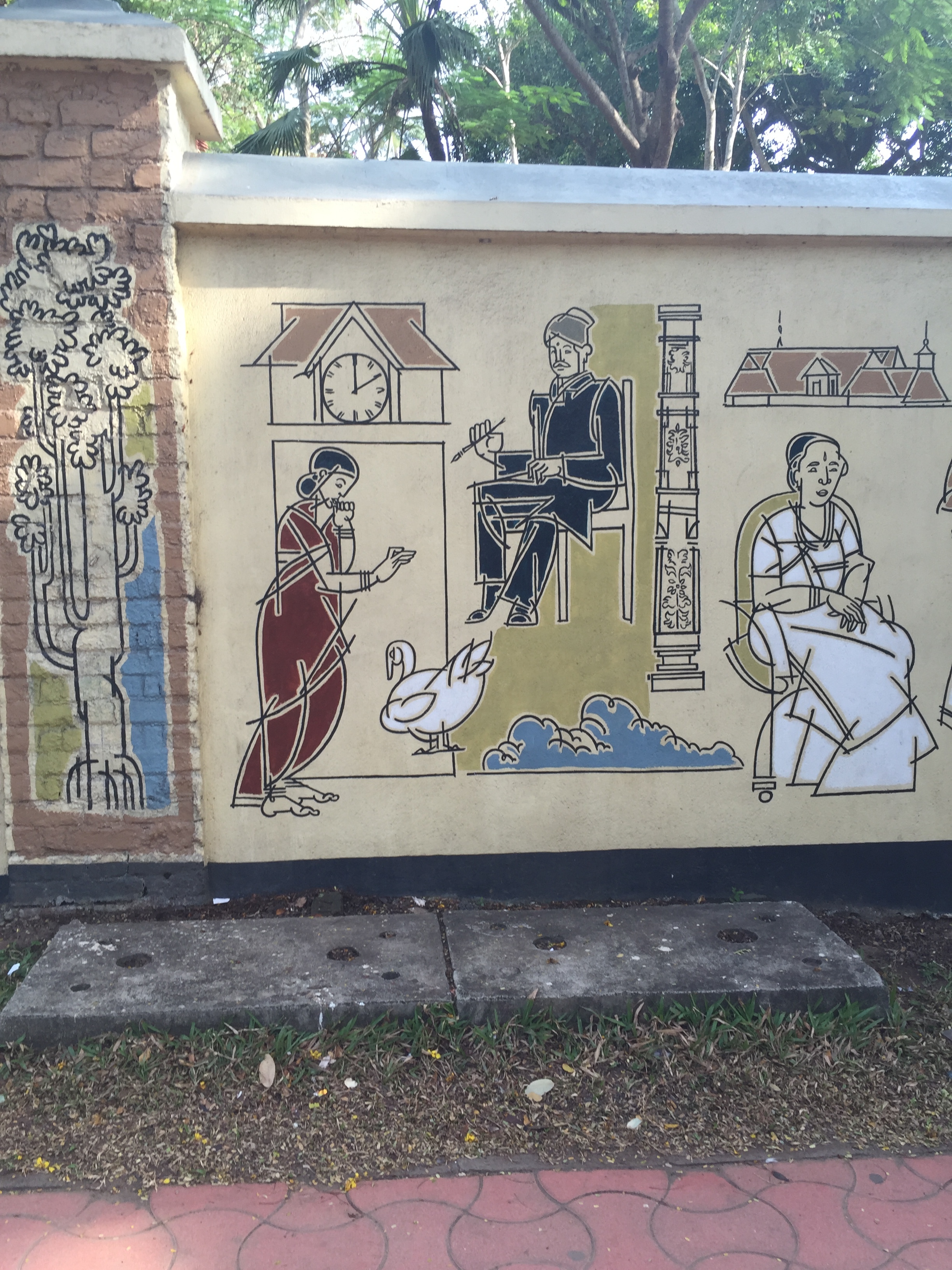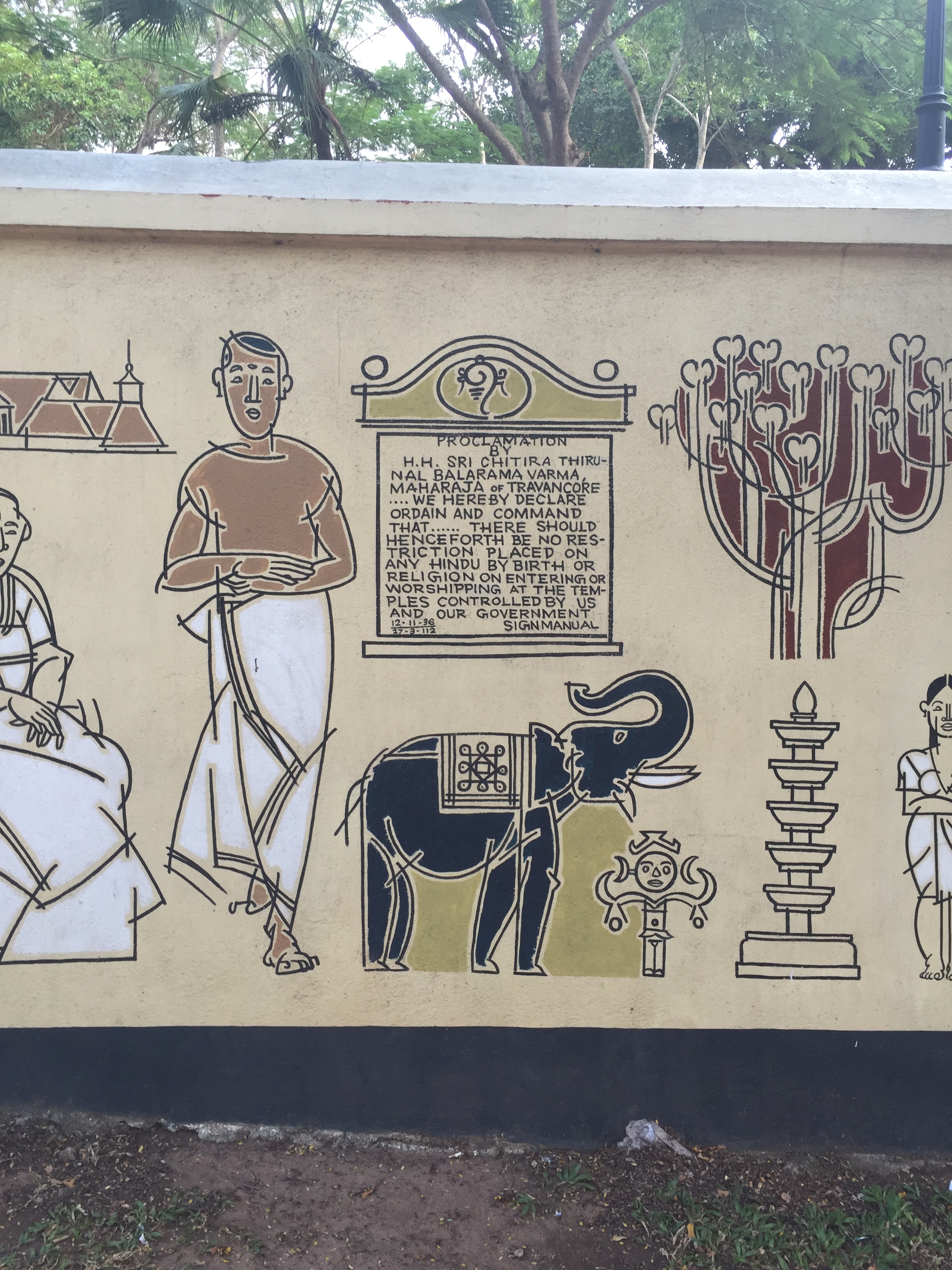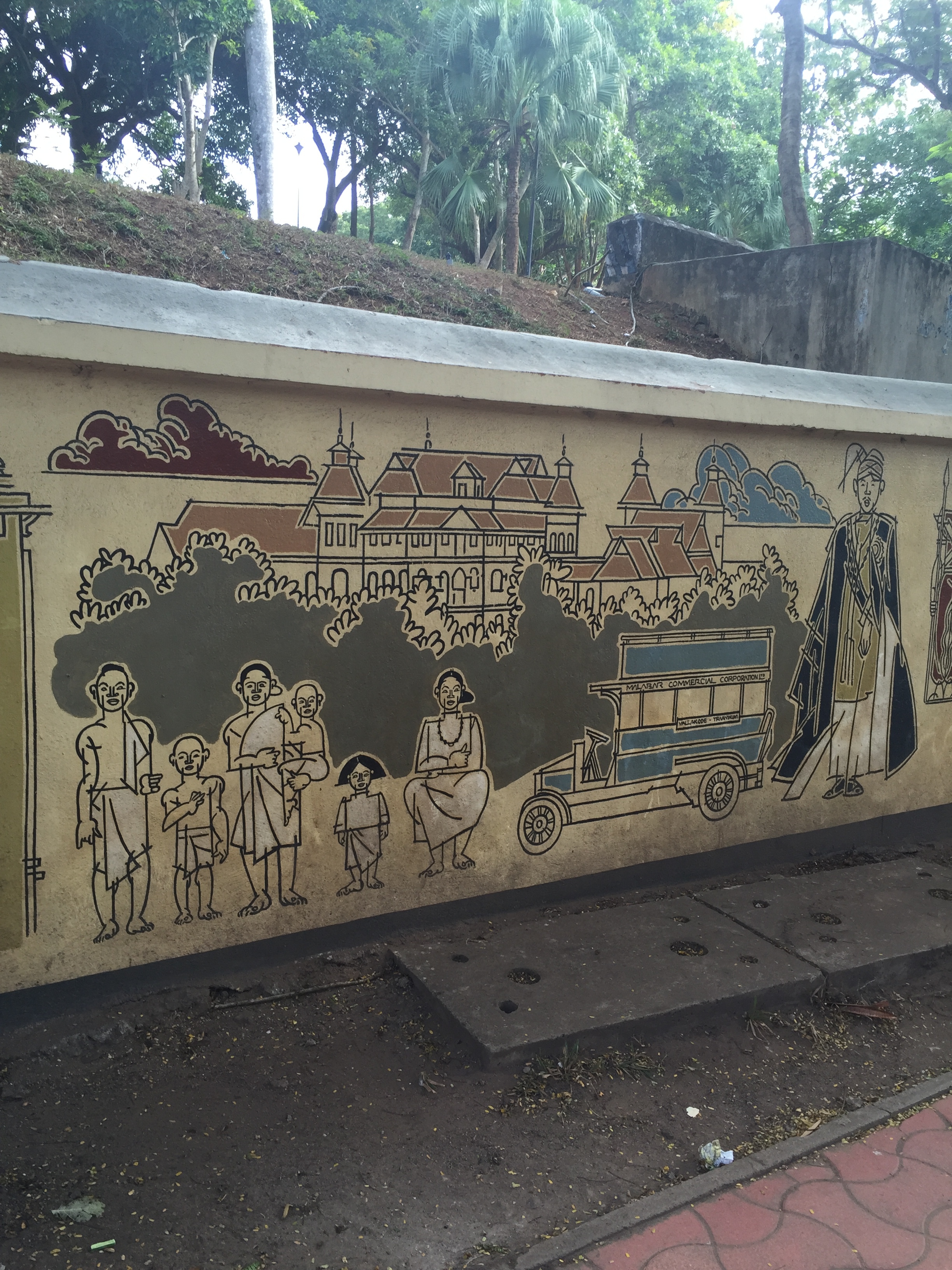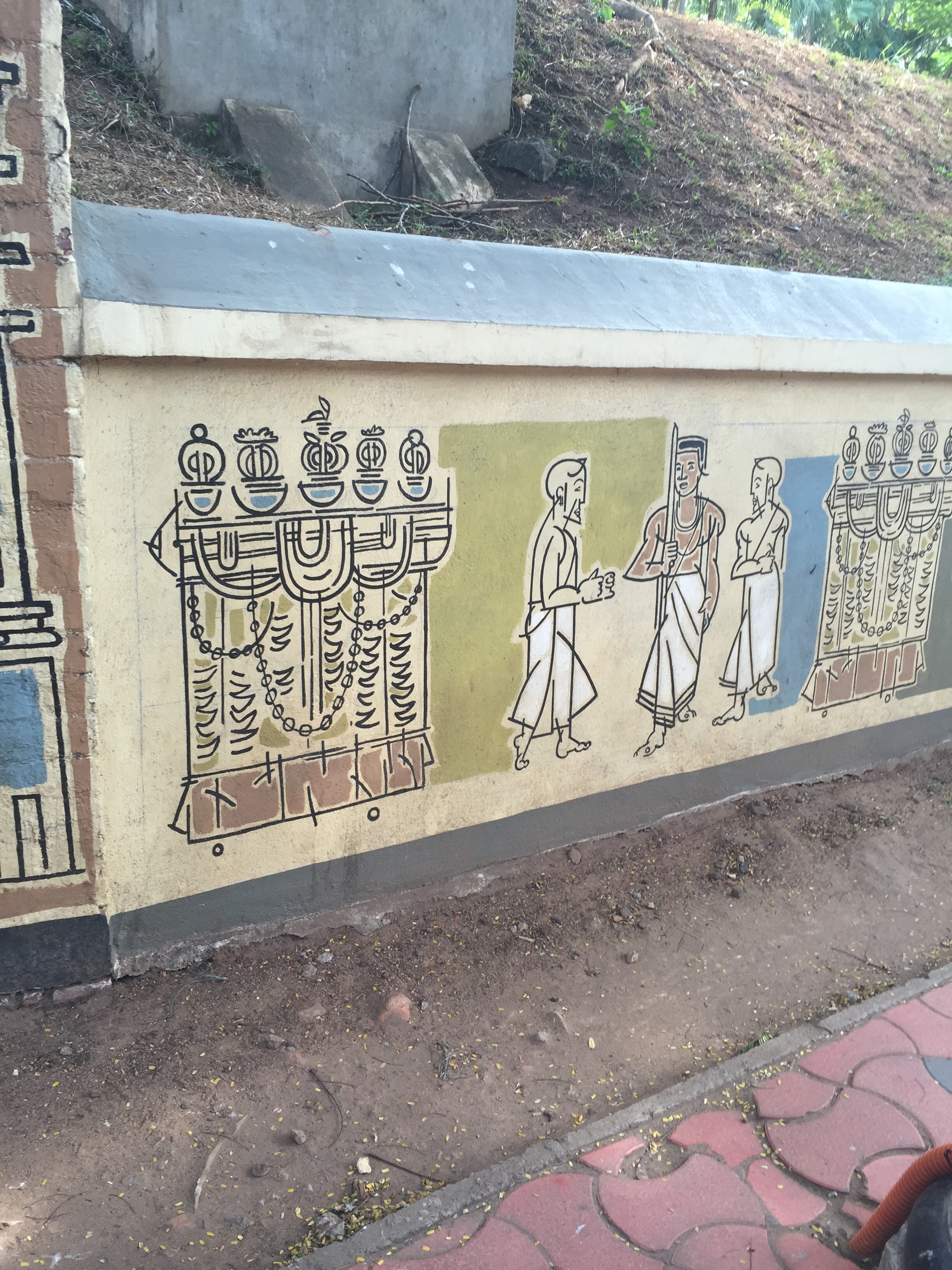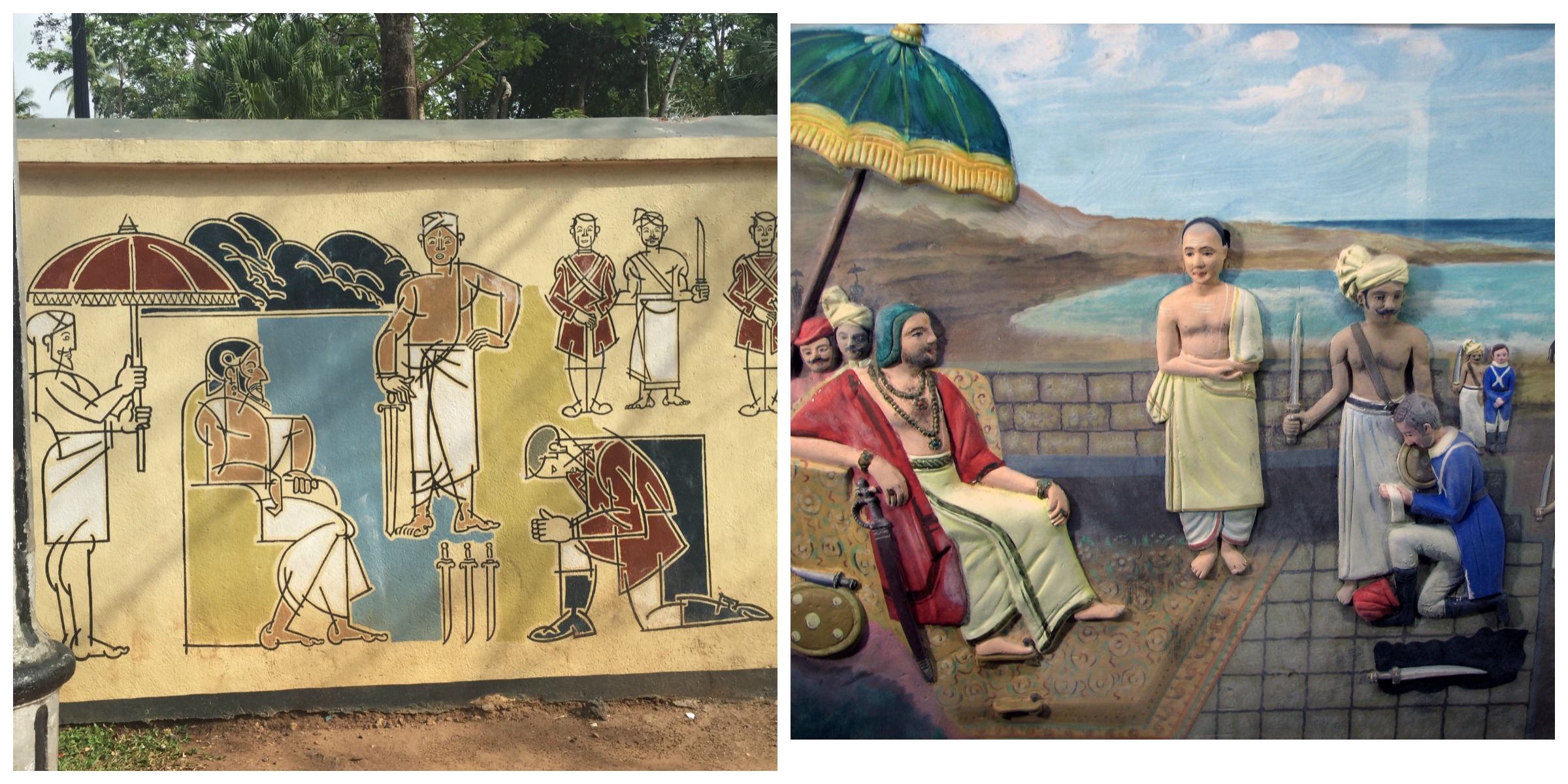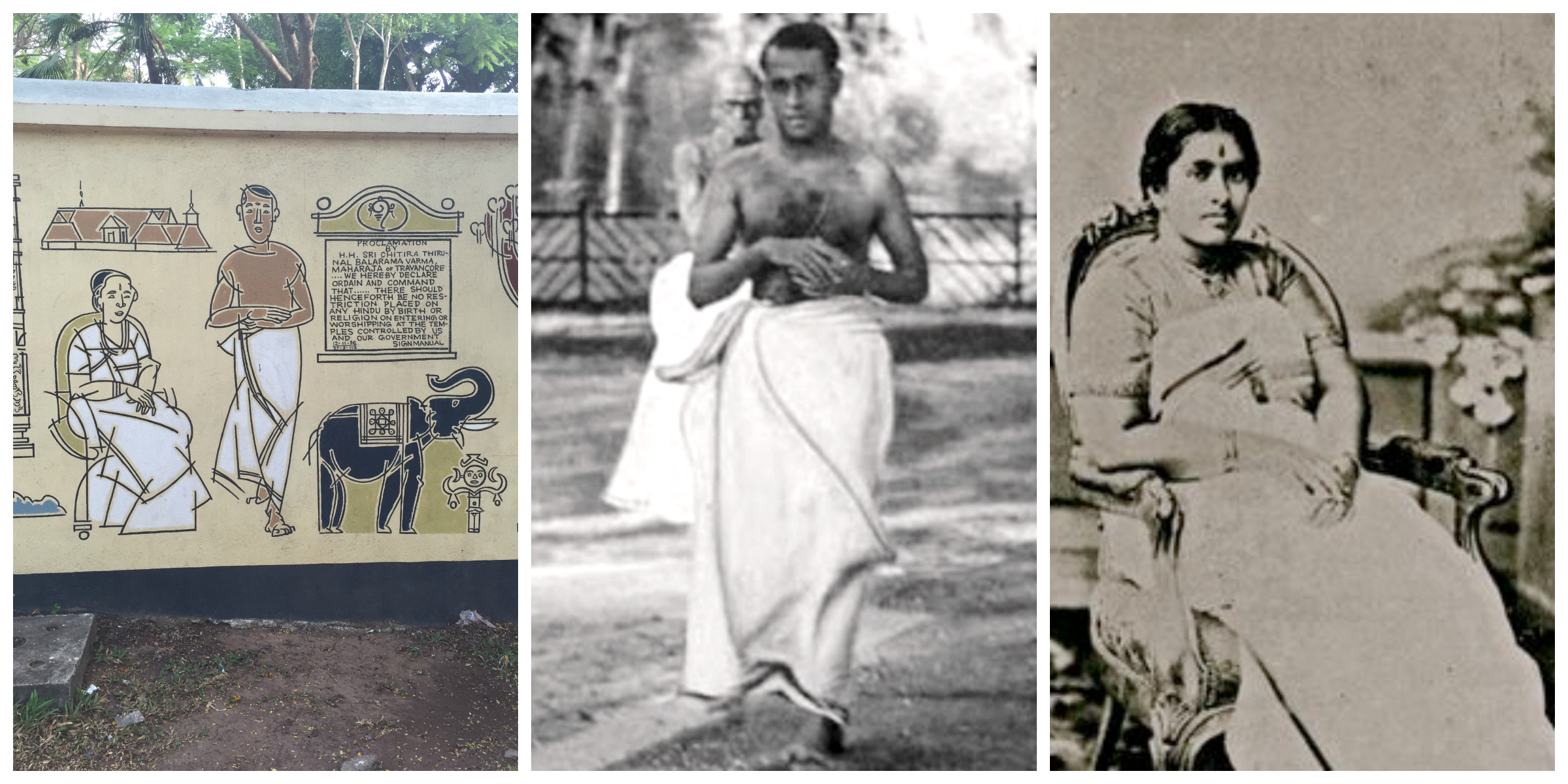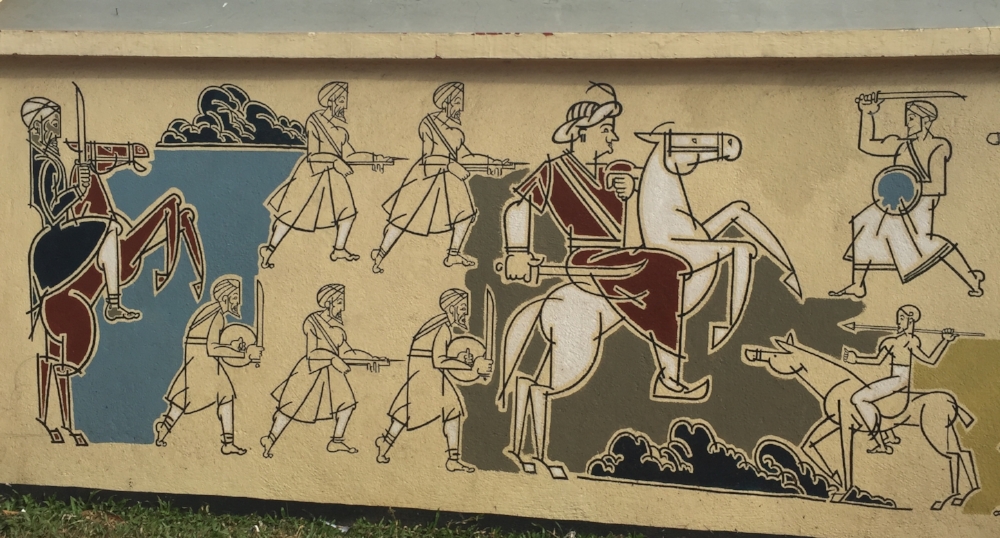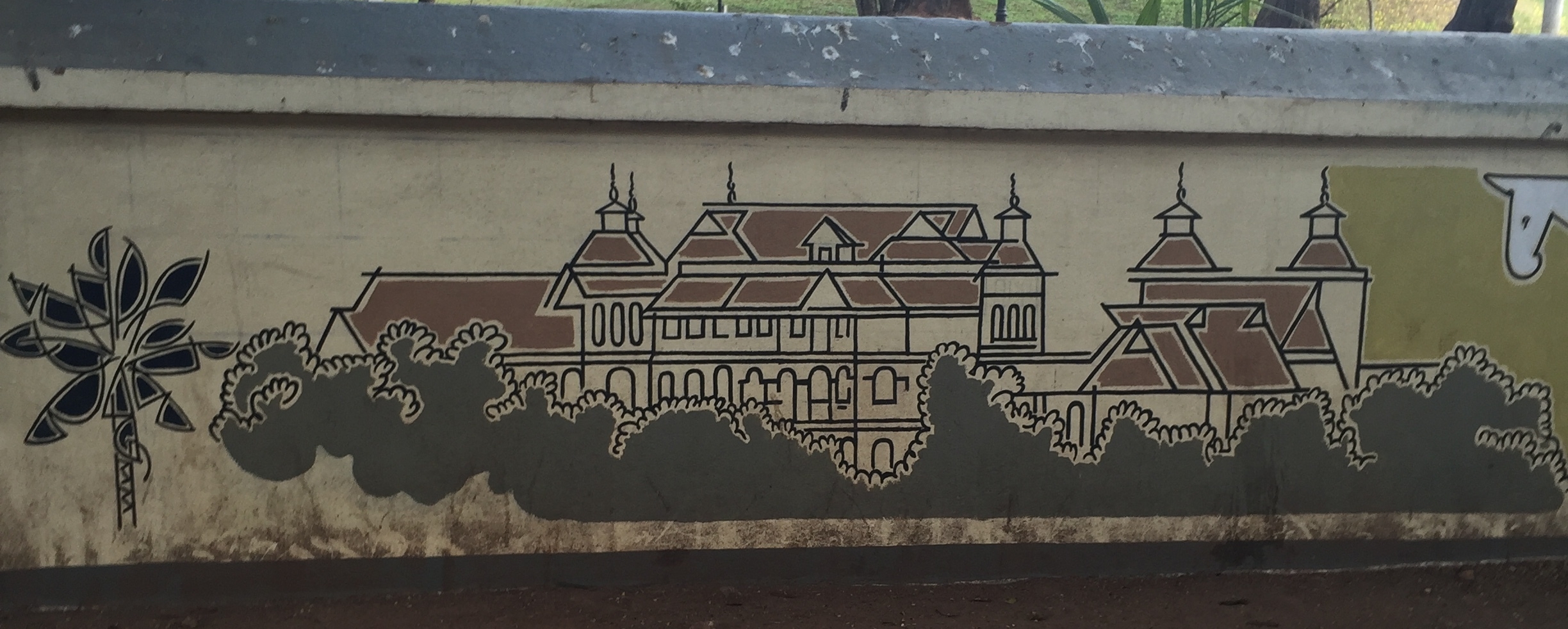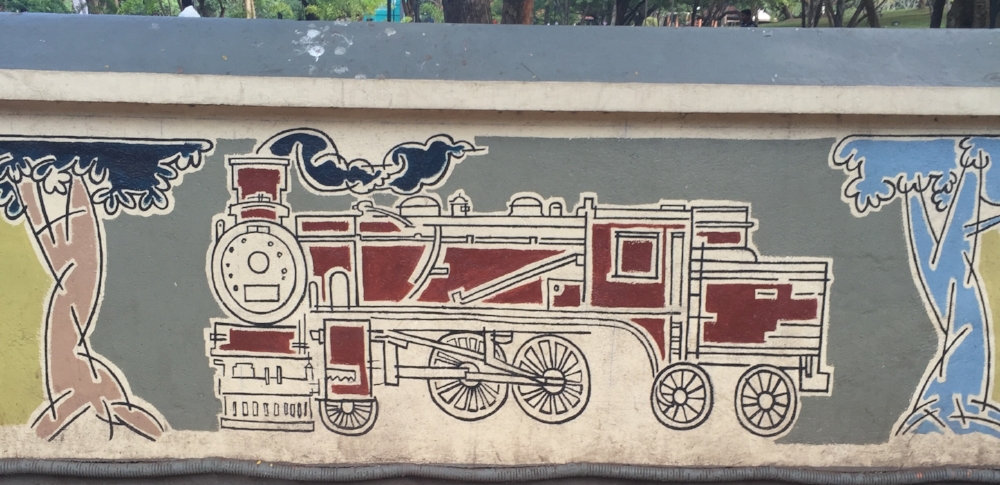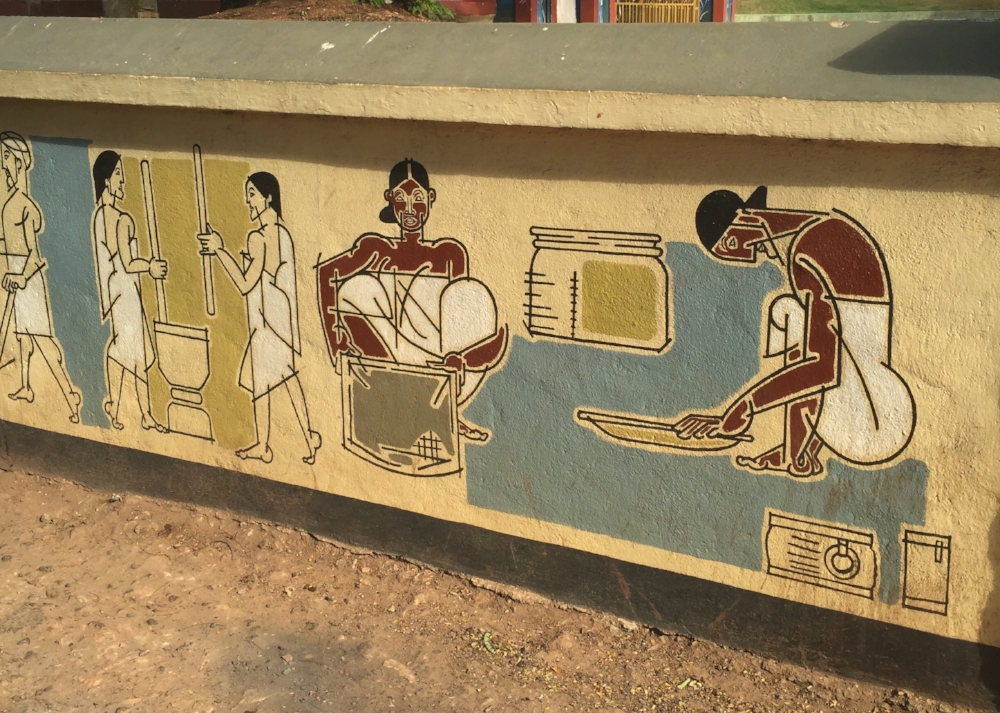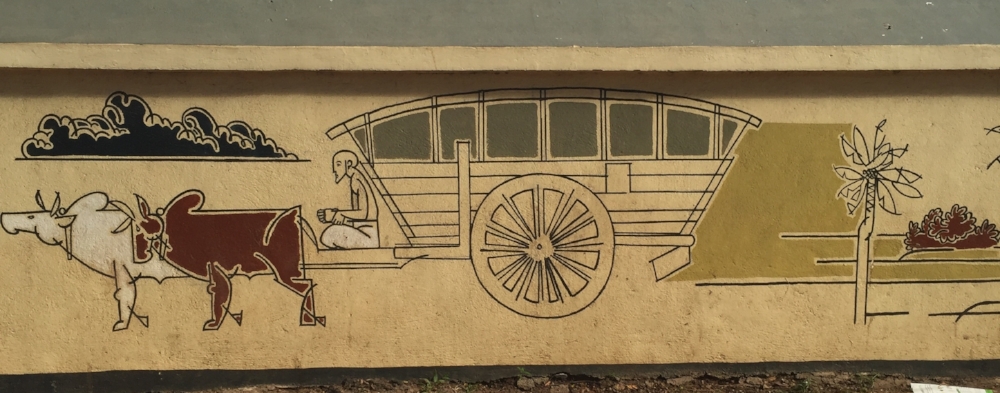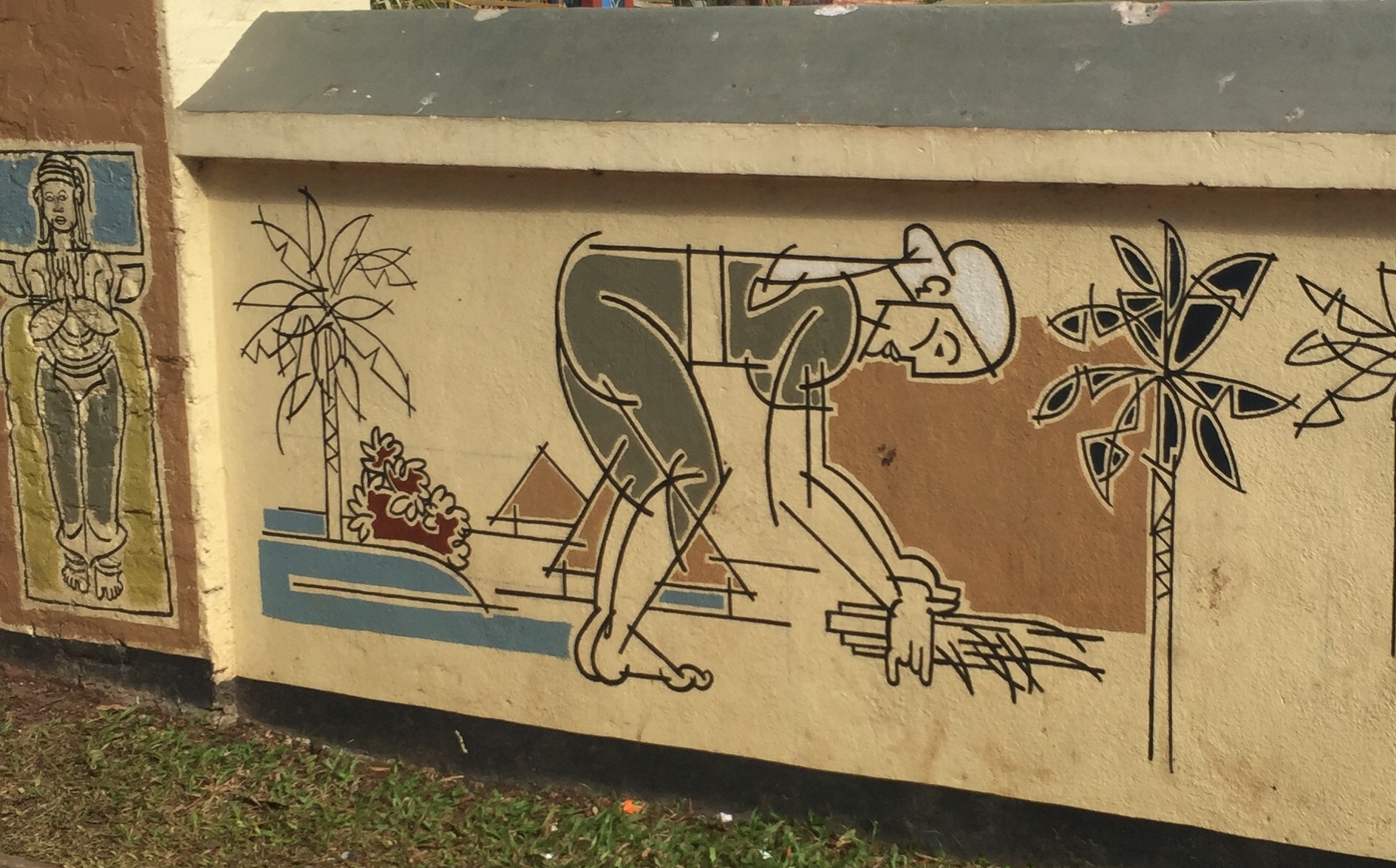For (an anecdotal) example: you see on the left, the really bad photograph I took of my sister next to one of the Pollocks at the Art Institute of Chicago (AIC) a few years back. We took it while on a visit to the modern wing with our cousin, and my cousin and I thought she matched the Pollock painting next to her. (There could be a highly psychoanalytic discussion hiding in this photograph.) This, of course, as it always does, spawned a debate that night of whether monkeys can paint a Pollock, with my sister and I firmly on the side of Pollock's drip works. A few months later I went by AIC and bought the Pollock jigsaw puzzle as a gag-gift for my cousin, the perpetrator of anti-Pollock sentiments in the family. Now, a visit to AIC around Christmas has become a family ritual, courtesy this photograph. We have visited multiple galleries since then, have argued about our likes and dislikes, and we have come to the conclusion that only Monet prevails above all arguments.
But for a more concrete example, a presentation from the National Gallery of Denmark tells how visitors' photography and social media increased their museum's reach by 2500%. (Not kidding, that's a real statistic.)
I'll end my post here with a summary conclusion: If Indian museum administrators or people who can influence them are listening, there is no advantage to withholding photography in museums spaces anymore. In fact, such restrictions are detrimental to institutional development. However, there is one thing that museum personnel will need to take care of before letting visitors photograph their collection--dust!



